Drone technology: Revolutionizing film budgeting
The advent of drone technology has rewritten the rules of film production, drastically impacting film budgeting. With their capacity to capture breathtaking aerial shots and reduce manpower, drones have become the quintessential cost-saving technology in film production.

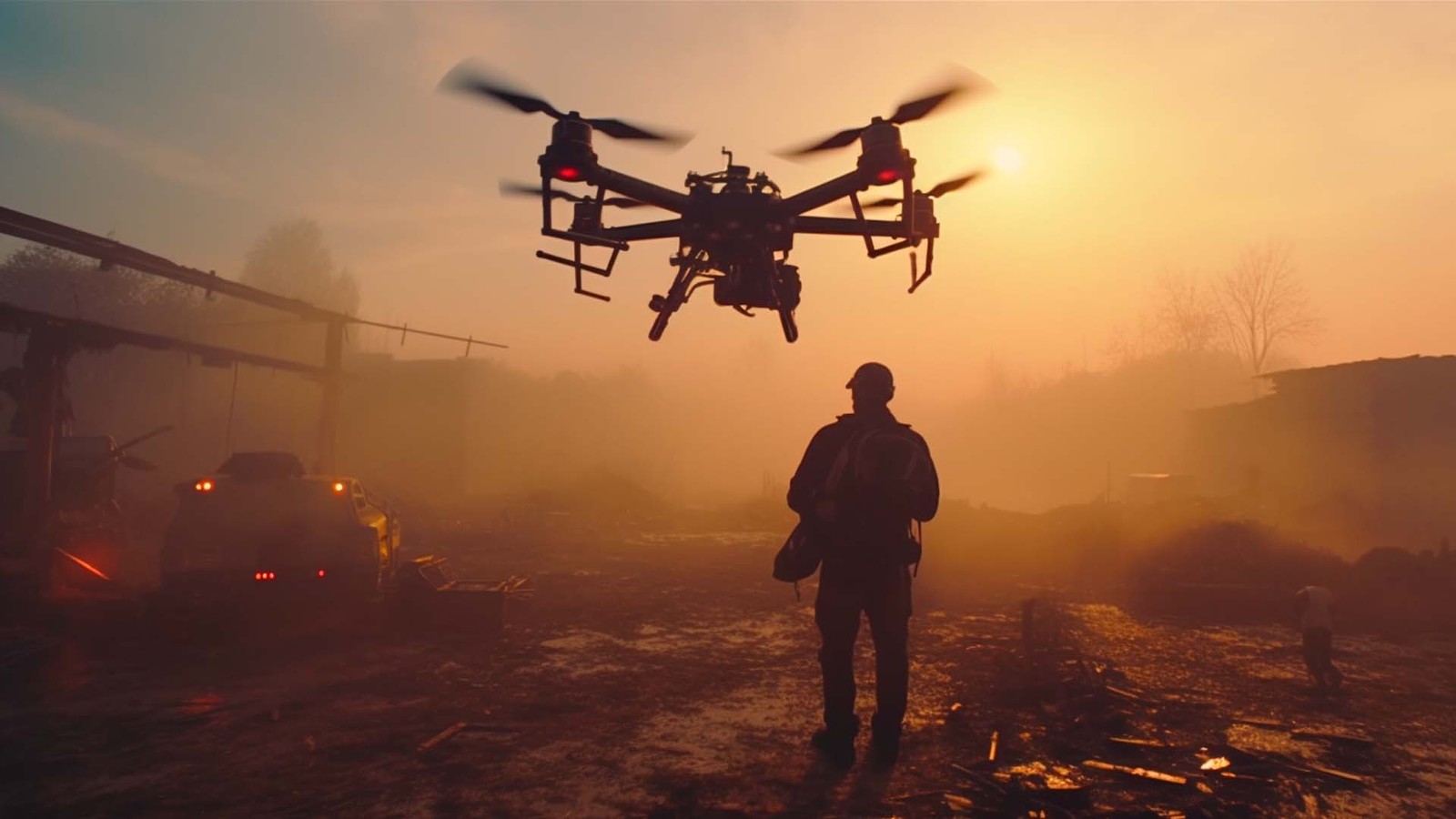
This article delves into how drones are altering the landscape of film budgeting and shaping the future of filmmaking.
Overview of drone technology in filmmaking
Drone technology's integration into filmmaking has opened up new horizons for storytellers. These flying machines have transformed aerial filming, once a complex and costly process, into an accessible method for filmmakers of all scales. Drone usage in the film industry is not just limited to cinematography, but also includes location scouting, crowd control, and light rigging, further underscoring their versatility.
How drones impact film production costs
Drone technology significantly reduces film production costs by cutting down on heavy equipment and personnel expenses traditionally associated with aerial shots. Helicopters, cranes, and high-rise scaffolding, often entailing a hefty price, can now be replaced with a drone and a skilled operator. Drones in filmmaking also lead to more efficient use of shooting time, resulting in further cost savings. Budgeting strategies have thus been reshaped, allowing more resources for other critical aspects of film production.
Popular drone models and their costs
In the realm of filmmaking, there are a few drone models that stand out as industry favorites due to their advanced features and cost-efficiency. Among them, DJI models are often lauded for their user-friendly interface and superior image quality.
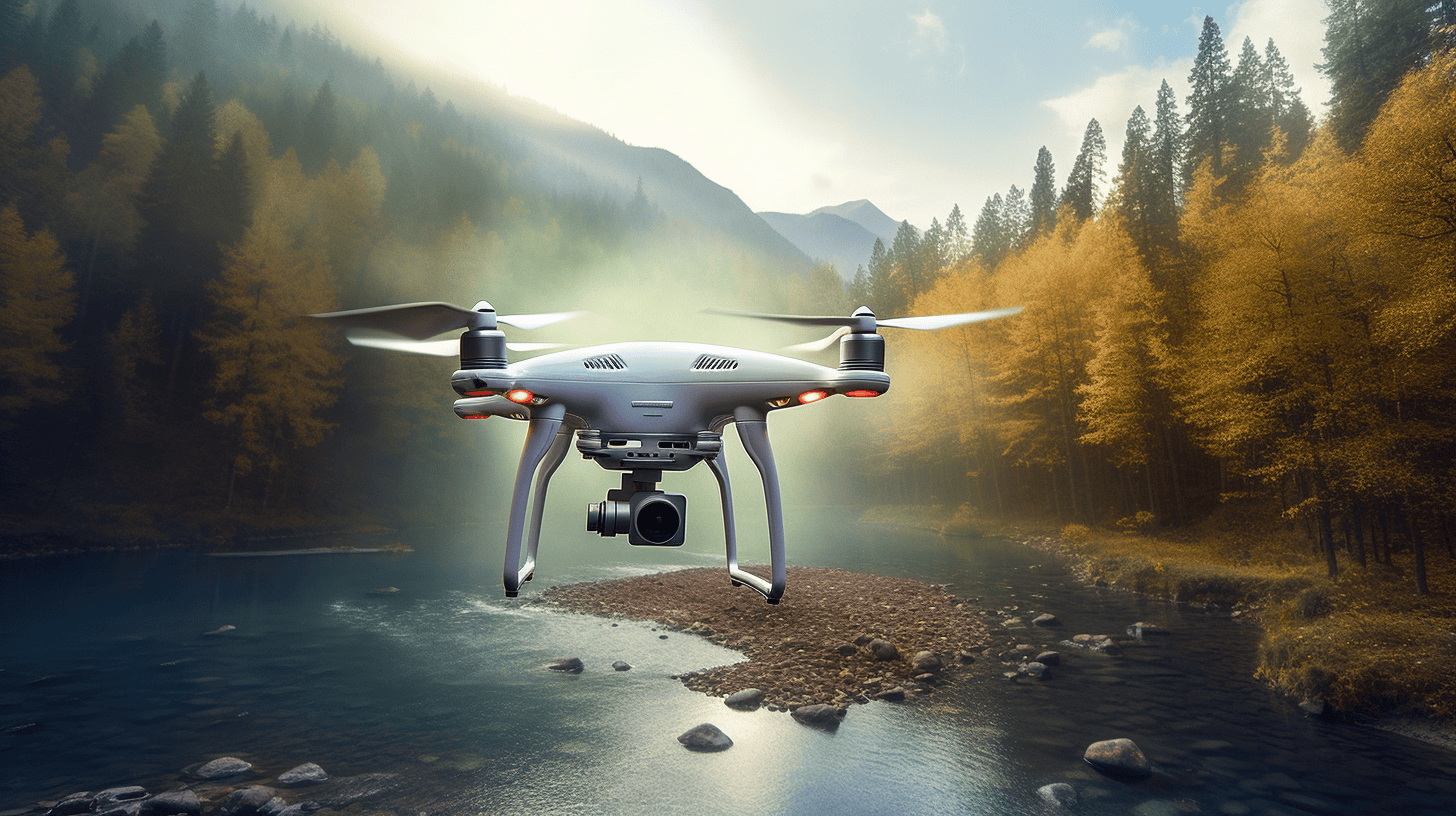
The DJI Phantom 4 Pro V2.0, for example, is a favorite among filmmakers for its high-performance camera that shoots 4K video at 60fps and 20-megapixel still images. It also features five-direction obstacle sensing and four-direction obstacle avoidance. This combination of high-definition image capture and safety measures makes it a versatile tool for filmmakers. As of 2023, the price for a DJI Phantom 4 Pro V2.0 hovers around $1,600.
Similarly, the DJI Inspire 2 is another go-to drone in the film industry. Equipped with a Zenmuse X5S, it is capable of recording 5.2K video and offers an array of intelligent flight modes. Its robust construction and dual battery system also provide reliability during filming. With the Zenmuse X5S, the DJI Inspire 2 costs around $6,000, which is a considerable investment, but justifiable for filmmakers given its superior capabilities.
On the more affordable side, the DJI Mavic 2 Pro is a popular choice for its compact size and powerful camera. It boasts a 20-megapixel camera with a 1-inch CMOS sensor and adjustable aperture, resulting in excellent image quality. Priced around $1,500, it's a cost-effective solution for those who need high-quality aerial footage without the higher price tag of more advanced models.
These drone models, while representing a significant investment, are relatively minor in comparison to the cost of traditional aerial filming methods. By choosing a suitable model for the project's needs and budget, filmmakers can harness the power of drone technology to achieve impressive results without breaking the bank. This is yet another testament to how drone technology is reshaping film budgeting and making high-quality aerial cinematography accessible to a broader range of productions.
Professional drone alternatives for filmmaking
While DJI is a powerhouse in the drone market and offers high-quality drones with a good balance of features and affordability, there are other, more expensive and professional alternatives for filmmakers who require the utmost quality and flexibility.
Freefly Systems Alta Series: Freefly Systems is a brand renowned for its expertise in aerial cinematography equipment, including drones and camera stabilizers. The Alta series, mainly the Alta 6 and Alta 8, have been popular among professional filmmakers for their superior build quality, payload capacity, and advanced flight controls. These drones can carry heavy cinema cameras and lenses and are equipped with advanced features like quick-release payload and propellers, foldable frames for easy transport, and versatile mounting options for cameras. However, this level of professionalism comes with a hefty price tag; an Alta drone can cost upwards of $10,000.
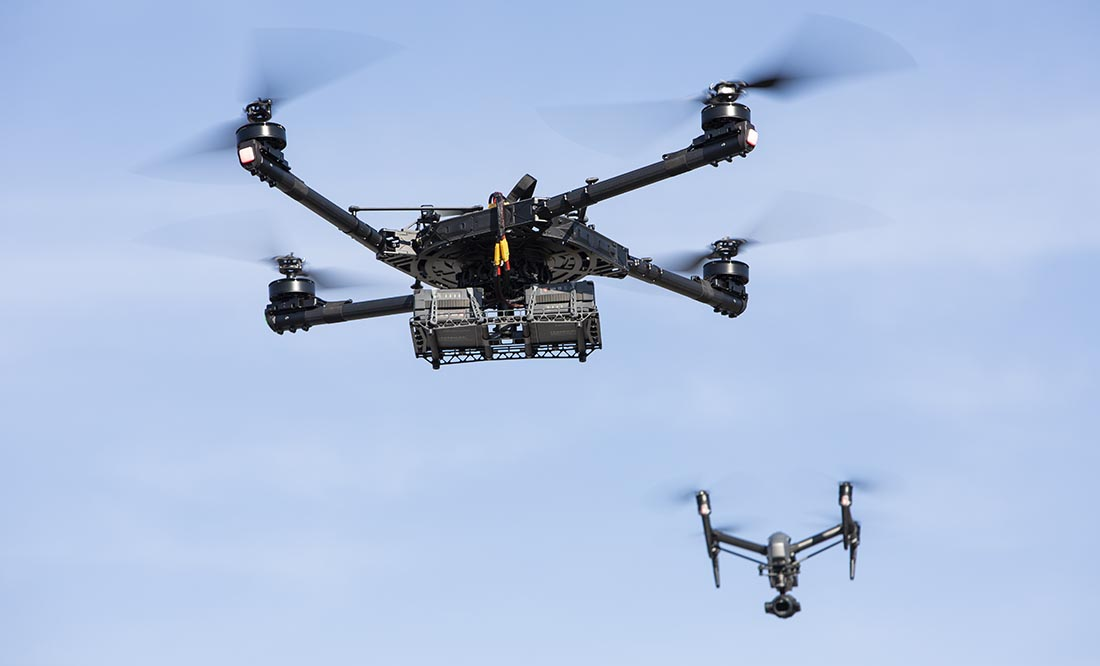
Yuneec Tornado H920 Plus: Yuneec is another brand that has garnered attention in the film industry. The Tornado H920 is a professional-grade, hexacopter drone that supports multiple camera options, including Yuneec's own CGO4 which was developed in collaboration with Panasonic. The Tornado H920 Plus provides excellent stability and flight times, but again, it comes with a higher price tag, up to $2,800.
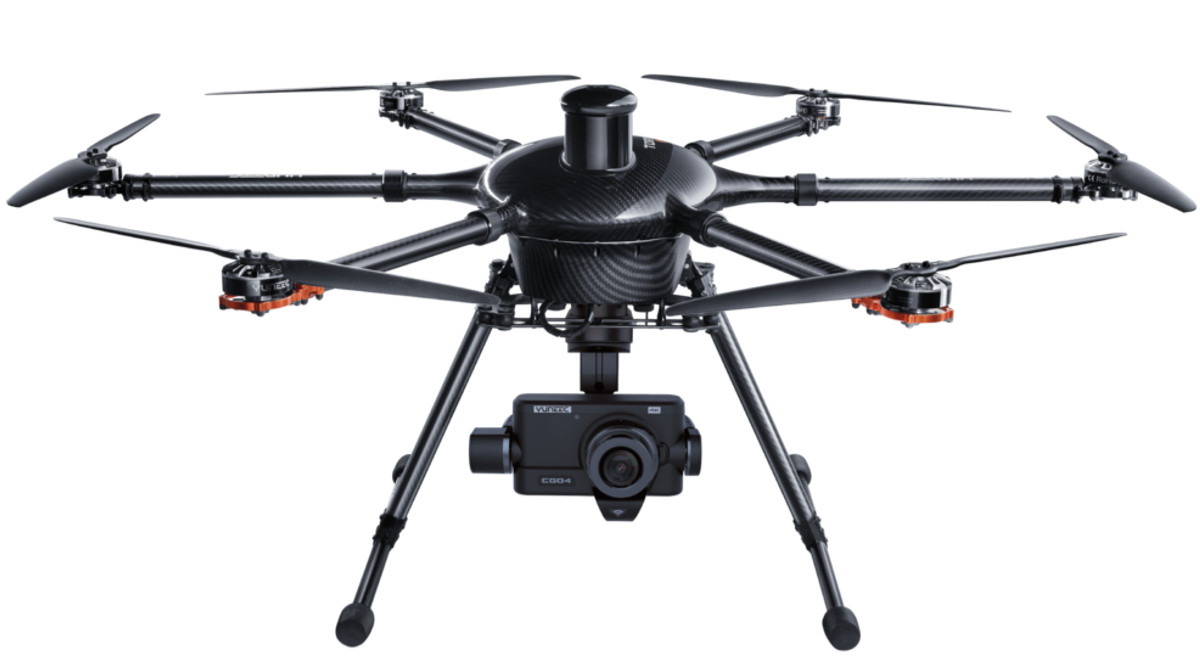
ARRI SRH-3: When it comes to top-tier, professional cinematography gear, ARRI is an industry-standard. The SRH-3 is not a drone, but a three-axis, fully stabilized remote head designed for use on drones, cranes, and other mobile platforms. It offers incredibly precise camera movement control and can carry heavy digital cinema cameras. A system like this, combined with a heavy-duty drone like those from Freefly Systems, offers unparalleled quality for aerial cinematography but can cost up to $30,000.
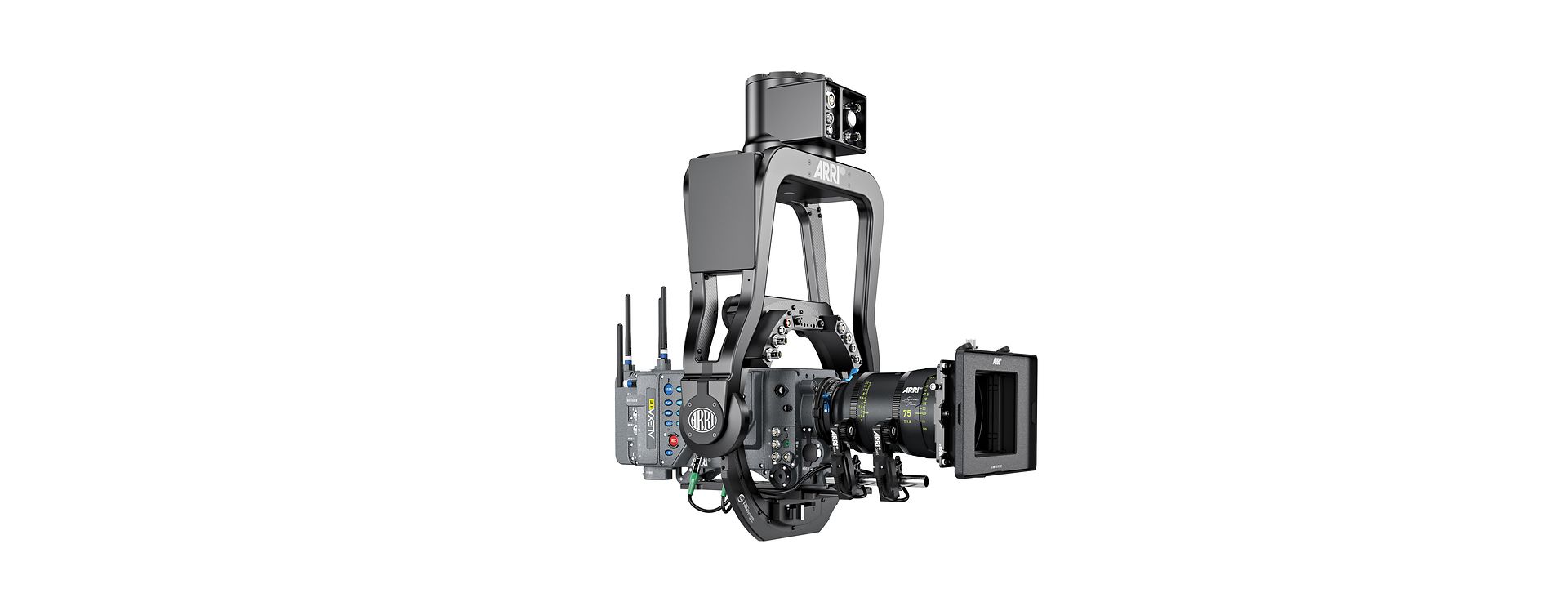
In summary, while more expensive and professional alternatives to DJI drones exist, they cater to a specific niche in the film industry, where the budget allows for such high-end equipment and where the project demands the highest possible quality. These drones and systems are not merely flying cameras; they are full-fledged aerial cinematography platforms. And as with any aspect of film production, budgeting strategies must take into account the cost versus the expected return on investment, both in terms of financial considerations and creative possibilities.
Case studies or examples of drones in film budgeting
The impact of drone technology on film budgeting can be seen in various movies. "Skyfall" (2012) was one of the earliest films to use drone cinematography, allowing it to capture the film's majestic locations with a reduced budget.

Similarly, "Jurassic World" (2015) deployed drones to film several sequences, significantly reducing film production costs.
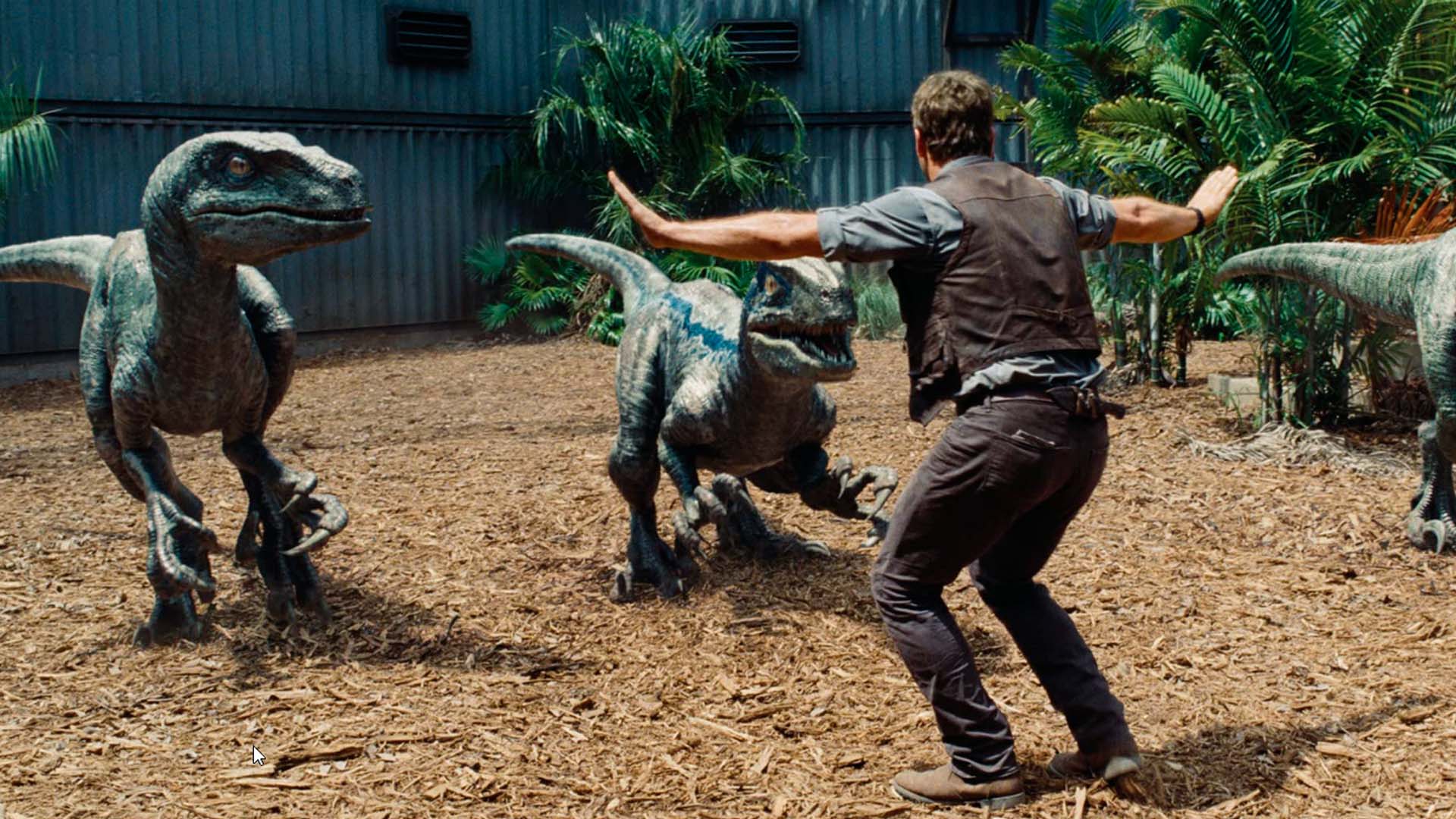
The indie film sector has also embraced drones. In "Tangerine" (2015), a low-budget independent film, drones were used to shoot aerial scenes that would otherwise have been impossible with budget constraints. It is a clear demonstration of how drone technology can level the playing field for independent filmmakers.
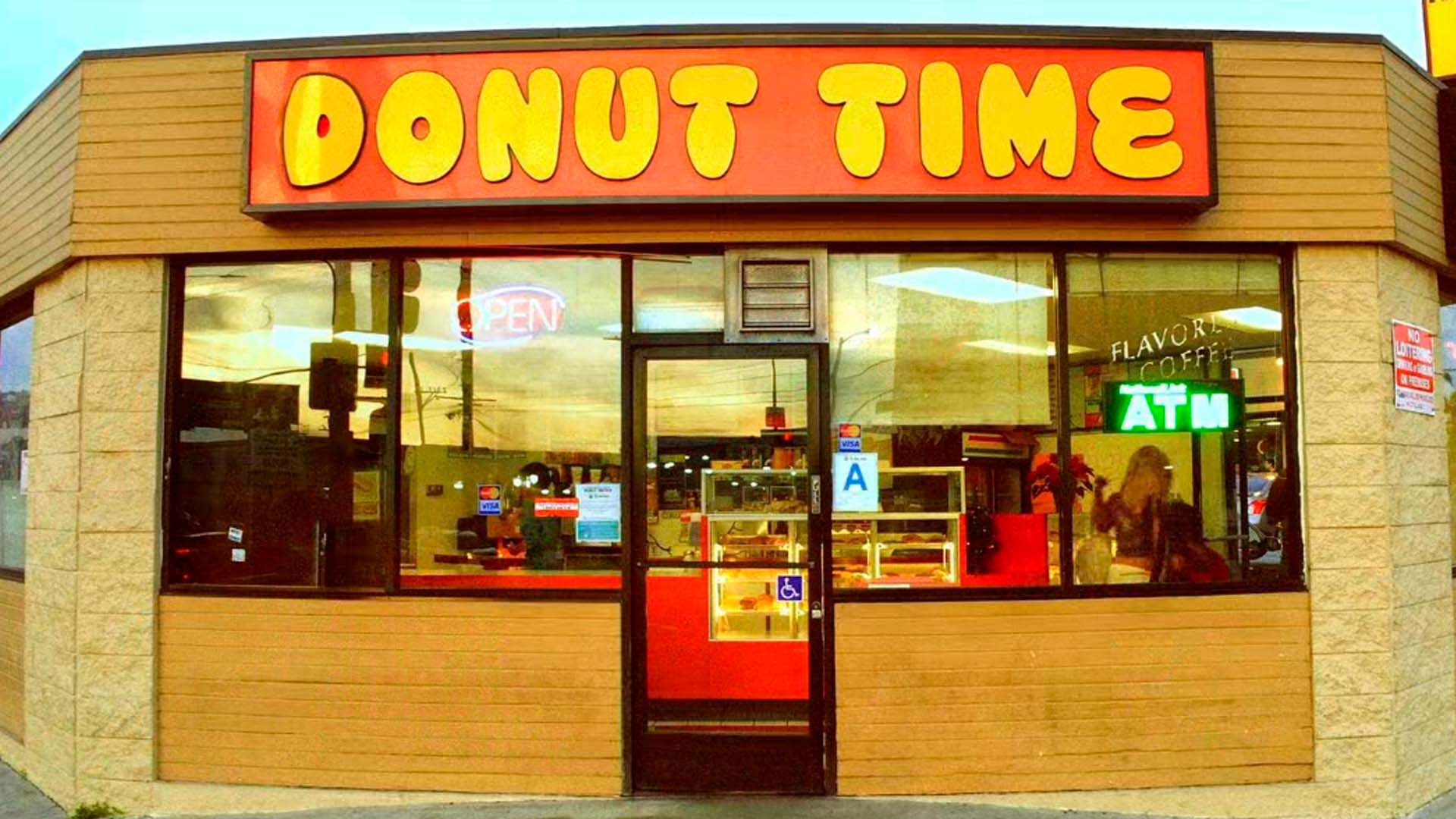
The pros and cons of using drones in film production
While the usage of drones in filmmaking has significant cost-saving potential, it's crucial to consider the pros and cons. On the plus side, drones reduce costs, offer innovative filming methods, and increase accessibility to difficult locations. They also pose less risk than conventional methods involving humans in potentially dangerous aerial shoots.
However, the use of drones isn't without challenges. Drones can be vulnerable to poor weather conditions and can't carry heavy, high-end cameras. Regulatory issues can also arise, as drone usage in the film industry must comply with various aviation regulations and permissions.
Conclusion
In conclusion, drone technology has undeniably revolutionized film budgeting, contributing to efficient budgeting strategies and cost savings. Its capacity to capture unique shots and drastically reduce film production costs makes it a powerful tool in the filmmaker's arsenal. However, it's essential to navigate the challenges and utilize the technology responsibly.
On that note, innovative platforms like Filmustage are further enhancing the film production process. Filmustage employs advanced AI for script analysis, which can scan the script for potential risks, including weather and other meteorological considerations that could impact drone usage. This kind of thoughtful planning can help in avoiding the challenges associated with drone usage and make film production more streamlined and cost-effective.
With further advancements and regulations in place, drones, complemented by platforms like Filmustage, are poised to continue their ascent in the world of film production. It is a testament to the industry's resilience and adaptability, constantly evolving to bring stories to life in ever more engaging and affordable ways.
From Breakdown to Budget in Clicks
Save time, cut costs, and let Filmustage’s AI handle the heavy lifting — all in a single day.